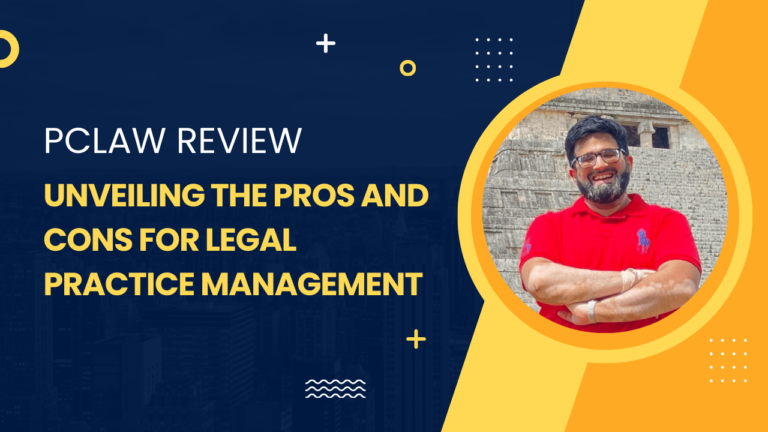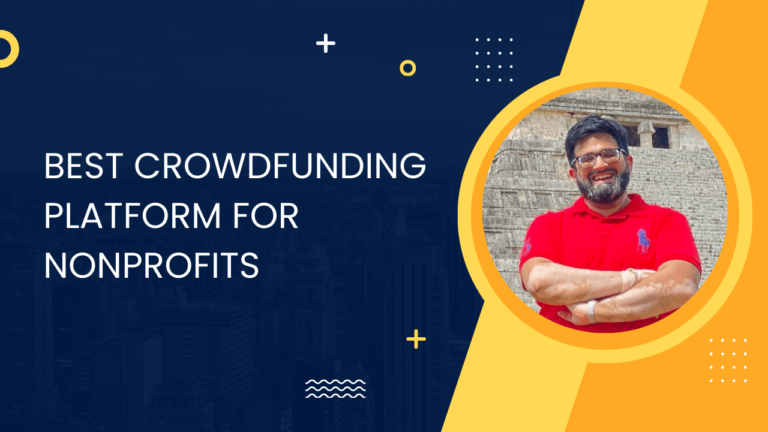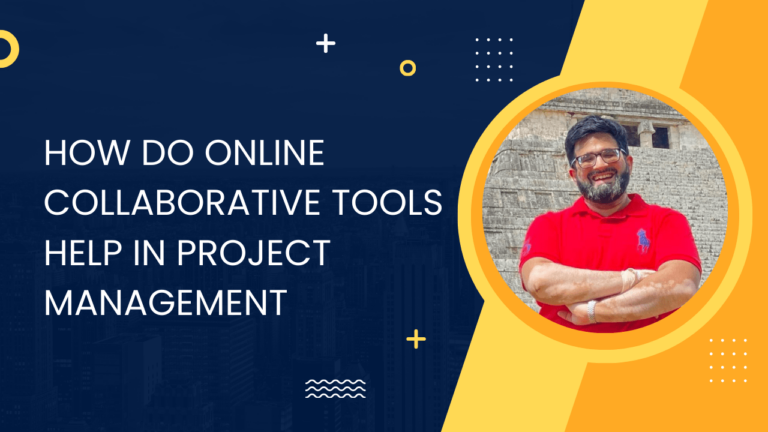How Much Does It Cost to Build a SaaS Platform in 2024
When you’re considering building a SaaS platform, grasping the development costs is super important. You’re looking at a blend of development costs, operational costs, and maintenance costs that all need careful planning.
The cash you’ll drop on software development can vary wildly. Here’s a ballpark for you: A complex SaaS app might set you back anywhere from $50,000 to $150,000+. But, it’s not just about coding. Your overall development costs also involve project management, design, and testing.
Here’s a quick breakdown of potential SaaS project costs:
- Initial Development: Expect to fork out big here. Developer rates differ by location too. Think $115,000 average in the US, while somewhere like Ukraine, you might be looking at around $80,000.
- Operational Costs: Once you’re up and running, you’ve got ongoing expenses like hosting, third-party services, and staff.
- Maintenance: Don’t forget that the tech world moves fast. Regular updates and bug fixes are part of the game.
Remember, these numbers aren’t set in stone. Your SaaS development cost can shift based on your project’s scope and complexity. Keep a sharp eye on those shifting tech trends and rates; they can nudge your budget in unexpected directions.
Defining Your SaaS Platform
Before jumping into development, you need a clear outline for what your SaaS platform will be. Consider what problem it solves and for whom, as the success largely depends on how well it caters to the needs of your target audience.
Initial Planning and Market Research
For starters, getting your SaaS product off the ground revolves around rigorous initial planning and market research. Here’s what you’ve got to zoom in on:
- Understand the SaaS market: Scope out the demand for your idea. Who are the key players? Any gaps you can fill?
- Know your audience: Tailor your business plan to the needs and preferences of your potential users.
- Check out competitors: Figure out how your competitors work and how your USP (Unique Selling Proposition) stacks up.
- Craft a business plan: Align your vision with practical financial and growth strategies.
Identifying Key Features and Frameworks
The features and frameworks of your SaaS application are its backbone. So, picking the right ones is like choosing the best ingredients for a smashing recipe. Consider these important aspects:
- Features: List the must-have features that will make your app useful and unique. Think customization, security, and API integration.
- Frameworks: Decide on a framework that supports the swift development of reliable and scalable SaaS products. Remember, the right choice here is critical for performance and UX design.
Remember, your planning stage defines how well your SaaS solution will be received and how robust it turns out to be, so give it the attention it deserves!
Building Your Team
When you’re looking to kick off your SaaS platform, the way you build your team can make or break the project. You’ll have to weigh the pros and cons of an in-house team versus outsourcing, and understand the critical roles each team member will play.
Choosing Between In-House and Outsourcing
In-House Team: Building an in-house team gives you direct control over your project. You’ll be rallying a group of developers, designers, and a project manager who will immerse themselves solely in your vision.
- Pros: Easier collaboration, aligned interests, and cultural fit.
- Cons: Higher labor costs, especially in regions like Western Europe or the US.
Outsourcing: Teaming up with an agency or freelancers, possibly from regions like Eastern Europe or Ukraine, can cut costs without sacrificing quality.
- Pros: Cost-effectiveness, access to a broader talent pool.
- Cons: Time zone differences, potential communication barriers.
Role of Developers, Designers, and Project Managers
Developers: Your tech warlocks. They’re the ones who turn coffee into code, building the backbone of your SaaS platform.
- Focus: Software architecture, coding, technical problem-solving.
- Location Tip: Quality and rates differ globally—Eastern Europe offers a compelling mix of skill and cost.
Designers: The artists of the user experience. Their design dictates how intuitive and engaging your platform will be.
- Focus: Interface design, user experience (UX), graphic design.
- In-House vs. Outsourcing: Freelancers can provide fresh perspectives, agencies might offer a more holistic service.
Project Managers: Your project’s navigators. It’s on their shoulders to keep the development on track, within budget, and communicate across the board.
- Focus: Planning, execution, team coordination.
- Business Analyst Involvement: Often paired with project managers to translate business needs into technical requirements.
Development Essentials
When you’re looking to build a SaaS platform, the essentials of development are king. From selecting your tech stack to ensuring robust security, every decision you make at this stage lays the foundation for your SaaS app.
Setting Up the Development Environment
To kick things off, you’ll need to pick a tech stack that’s conducive to SaaS app development. Selecting the right mix of technologies and cloud services will determine how scalable and robust your application will be. Go for a cloud-based environment—it facilitates easier collaboration and integration, and provides the flexibility to scale.
- Tech Stack Examples:
- Frontend: React, Angular
- Backend: Node.js, Ruby on Rails
- Database: PostgreSQL, MongoDB
- Cloud Services: AWS, Google Cloud
Ensuring Security and Compliance
Security in SaaS is non-negotiable. You have to protect user data like it’s your own. Start by implementing user management systems that incorporate role-based access and two-factor authentication. Make sure to adhere to compliance standards relevant to your market—whether it’s GDPR, HIPAA, or others.
- Security Features:
- Two-Factor Authentication
- Encryption at rest and in transit
- Regular security audits and penetration testing
- Compliance with industry standards
Creating a Minimum Viable Product (MVP)
Your MVP is your SaaS platform’s first handshake with the real world—it’s crucial, but it doesn’t have to be perfect. Think basic SaaS functionalities that are enough to solve a problem and validate your idea. Keep features lean but ensure the core idea of your platform shines through. Gather feedback early and often. Testing and validation at this stage can save tons of resources later on.
Finances and Pricing
When venturing into SaaS platform development, you’ll want to nail down the costs and figure out a pricing strategy that gets your business off the ground without burning through your budget.
Understanding Costs and Budget
Before you type out a single line of code, it’s crucial to break down your development costs. These aren’t just about paying programmers; they also involve overhead expenses like hosting, marketing, and administrative costs.
- Saas Development Cost: Depending on the complexity, it can range from $50,000 to $150,000+.
- Hourly Rate: Varies widely based on location, from $20 to $150+ per hour.
- Overhead Costs: Includes office space, utilities, and cloud services, which can be substantial.
Remember, you want your Saas app to be scalable, so factor that into your financial plans early to prevent expensive reworks down the line.
Developing a Pricing Strategy
When it’s time to make money from your SaaS app, consider a pricing model that suits your market and covers your costs.
- Subscription Models: You can charge users monthly or annually—steady cash flow but requires convincing value.
- Freemium Options: Free use with limited features. Upsell to premium for more advanced features—great for user acquisition.
The key? Find the sweet spot where your users see enough value to pay, and you still make a profit.
Launch and Growth Strategies
When you launch your SaaS platform, you’ve got to make a splash in the market and then keep riding the wave. Your growth is all about nailing your marketing game right off the bat and ensuring your platform can grow with your success.
Marketing Your SaaS Product
Let’s talk about making sure people can’t stop hearing about your shiny new SaaS product. You’ve got to identify your target audience and figure out what makes them tick. Once you’ve got that down, craft your marketing message to talk to them directly.
- Competitor Analysis: Keep an eye out for what your competitors are doing and learn from it. How can you stand out?
- Content & SEO: Put out killer, SEO-optimized blog posts and resources that draw in traffic and establish you as a thought leader.
- Social Media Engagement: Build relationships on social media by engaging and providing value to your audience.
- Paid Advertising: Use targeted ad campaigns to directly reach potential customers.
Scaling and Updating Your Platform
Now you’ve got their attention, you’ve gotta keep up the momentum. Your SaaS platform has to scale with your user base to remain performant and competitive in the fast-paced SaaS market.
- Cloud Services: Invest in robust cloud services that can grow with you. Flexibility is key!
- Frequent Updates: Regular updates not only squash bugs but also improve customer satisfaction by constantly bringing new features or improvements to the table.
- Customer Feedback: Monitor your users’ feedback rigorously. This info will guide your update priorities and scalability tweaks.
Remember, a successful launch is only the beginning. By continuously marketing smartly and iterating on your platform, you’re setting yourself up for long-term success in the SaaS world. Keep your ear to the ground and your eyes on the horizon, and you’ll never stop growing.
Post-Launch Considerations

After your SaaS platform is launched, the focus shifts to maintaining the momentum and catering to your user base. It’s a crucial phase where you solidify your reputation and build trust through stellar support and continuous improvement.
Handling Support and Feedback
Now that your platform is live, you’ll find customer support is indispensable. First thing’s on your list is setting up efficient user management systems to keep track of inquiries and issues. Tools that offer ticket tracking or live chat features will be your allies here.
- Support Channels: Email, live chat, phone support, and social media
- Feedback Mechanisms: Surveys, user forums, direct customer feedback
Remember, quick and helpful responses build trust and customer satisfaction. Analytics play a vital role in identifying common issues, so invest in a good system that can help you sort and address feedback effectively.
Continued Development and Iteration
Your job isn’t over after launch; it’s just changed. Now it’s all about updates and bug fixes—think of your platform as a living entity that needs care to grow.
- Development Costs: Keep in mind that this will include ongoing SaaS product development costs.
- Team Structure: Make sure you have a dedicated team for regular updates and development. The team structure might include roles like software developers, QA specialists, and product managers.
For a micro SaaS, the cycle of updates could be rapid and frequent, with a small team handling multiple roles. For a more complex SaaS, the roadmap might be paced out, requiring a larger team and more resources.
Regularly revise your features based on feedback and analytics. It’s not just about ironing out the kinks; it’s about improving and adding features that resonate with users. The goal is continuous product evolution to stay competitive and relevant.
Technical and Collaborative Tools

In the realm of SaaS platform development, the technical and collaboration tools you choose are fundamental to both the creation and the ongoing operation of your service. They dictate how smoothly your team works together and how well your platform plugs into the digital ecosystem.
Choosing the Right Collaboration Platforms
Finding the right set of collaboration tools ensures that your team stays on the same page throughout the development process. Slack offers a robust chat platform that integrates with many development tools, keeping your conversations and notifications in one searchable place. For video conferencing, Zoom is a clear front-runner due to its reliability and ease of use. Google Workspace also presents a suite of collaboration tools such as Docs, Sheets, and Slides that enable real-time collaboration and sharing.
Integrating APIs and Cloud Services
When it comes to making your SaaS platform powerful and flexible, integrating with APIs is key. Payment gateways like Stripe or PayPal are critical for handling transactions securely. For general cloud services, providers like AWS, Google Cloud, or Microsoft Azure offer comprehensive suites of services that range from hosting your app’s server to providing intricate machine learning capabilities. Integrating APIs effectively can greatly expand the functionality of your SaaS tool, offering more value to your users.
Remember, each component you integrate will influence not only the upfront cost but also the complexity of maintenance and potential scalability challenges in the future. Select tools and services that align with your near-term and long-term business objectives.
Managing the Ongoing SaaS Lifecycle
Building your SaaS platform is just the start. To keep it thriving, you need to manage its lifecycle meticulously. You’ll be juggling project timelines, ensuring constant quality, and pushing out regular updates. It’s all about finding that sweet spot where your software stays relevant and robust.
Overseeing Project Management and Timeline
Project Management is your roadmap. You need to define the project scope and outline a project plan that adapts as your SaaS evolves. Your focus should be on:
- Setting clear milestones: Break your development into manageable chunks with specific deadlines.
- Monitoring progress: Use version control systems and project management tools to stay on top of every change and ensure that no part of your project lags behind.
It’s a balancing act, steering between expanding your features and keeping within time constraints. Remember, a well-managed timeline is crucial for a smooth delivery of services.
Ensuring Quality Control and Regular Updates
Your platform’s vitality hinges on non-stop quality control and iterative updates. Tackle this by:
- Rigorous Testing: Before any version goes live, test it. Catch bugs early and often; it’s non-negotiable.
- Scheduled Updates: Align your team on a regular schedule for rolling out updates, whether it’s for new features, bug fixes, or security enhancements.
Updates should also be dictated by user feedback and the shifting landscape of SaaS software requirements. Strive for seamless integration of these updates to provide an uninterrupted service to your users. Remember, the goal is a stellar, constantly evolving SaaS experience that your customers can rely on.






